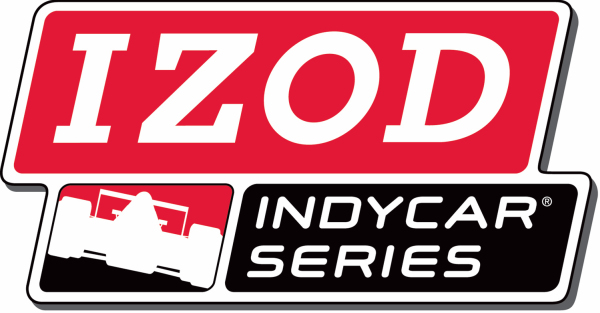Homologation serves as INDYCAR’s engine check system
 IZOD IndyCar Series engine development director Trevor Knowles will visit Honda Performance Development in California and Ilmor Engineering (Chevrolet's partner) in the UK over the next 10 days to oversee the second year of engine homologation.
IZOD IndyCar Series engine development director Trevor Knowles will visit Honda Performance Development in California and Ilmor Engineering (Chevrolet's partner) in the UK over the next 10 days to oversee the second year of engine homologation.
Homologation? The etymology is Greek; "homologate" is derived from homologeo (to agree). Basically, it's granting approval or confirming the meeting of standards, and – as it refers to the series – the sealing of mandated components for the 2.2-liter, turbocharged V-6 engines.
The parts and complementary technical drawings (listed below) will be used as references – a check system for engine manufacturer competition – during spot checking of engine teardowns. The homologation deadline is nine weeks before the IZOD IndyCar Series' season-opening Honda Grand Prix of St. Petersburg on March 24.
"The standard parts as determined under the engine technical regulations established before the 2012 season are still in there," Knowles said. "With direct-injection (as well as E85 fuel) being new for 2012, the fuel system can be changed on a yearly basis in light of what they find out in the first couple of years of competition and then it goes onto a two-year cycle. The fuel system, which is everything wetted by the fuel from the tank where the fuel meets the air (injectors, fuel pumps, fuel rails), can be revised and re-homologated."
Also, the connecting rod (crankshaft to piston) and exhaust system can be re-homologated on a yearly basis. Changes are usually made to increase reliability.
Manufacturers have mandated specifications, but there are open areas that they'll continue to pursue. According to the engine technical regulations, manufacturers also can request changes to engine components and McLaren software alterations if a certain part is breaking; there is an operation that they could eliminate to reduce costs, or they have to change suppliers that would lead to changes in how the component is made. Information would be shared with INDYCAR and the other manufacturers.
Engine competition returned to the IZOD IndyCar Series in 2012 after a six-year absence. Honda had been the sole supplier in the intervening years. Chevrolet earned the 2012 manufacturer title and powered Ryan Hunter-Reay of Andretti Autosport to the driver championship.
Development based on data and on-track testing was ongoing during autumn of the off-season. Three Chevrolet teams are scheduled to kick off the new year of on-track testing Jan. 14 at Sebring International Raceway. The fuel system remains homologated until the next window unless it relates to reliability.
"If it's a reliability issue, the manufacturer can use our procedure, which is submit request and description with why and what," Knowles said. "We circulate it, get feedback and then provide an answer or ask for more information. The reliability/durability fixes granted this past season, copies of that will go into box and be homologated Jan. 18."
Additionally, at the discretion of INDYCAR, a manufacturer whose engines are statistically 4 percent deficient in power may make improvements at mid-season or the end of the season to put it 2 percent below the best engine. The deficit was 2½ percent in 2012. Alterations will be introduced only on new engines being sent to the track.
Manufacturers must present data to support their case, which is reviewed along with relevant data collected by the sanctioning body's engine support engineers. Manufacturers provide which components they seek to modify, along with projected gains and their scheduled introduction. There are two windows: mid-season and end of season.
"There was a general feeling that 2 percent was too close and it would make it too easy for someone that was slightly down on power to make a change to overtake the other," Knowles said. "The gap is bigger before it can trigger any performance boost."
The engine rules are stable through the 2016 IZOD IndyCar Series season, with any corrections or modifications decided by INDYCAR after consultation with its engine committee.
Components to be held in secure storage:
• Left and right cylinder heads complete with one cylinder's valves, cam followers, cam bearings and camshafts. These are to be fitted using light springs, not the production valve springs, to allow valve lift vs. camshaft angle to be measured.
• Cylinder block including sump
• Plenum upper and lower
• Compressor inlet and outlet air ducts
• An example of each different design of fuel injector – indirect and direct
Hard copies of drawings to be held in secure storage:
• Piston sleeve
• Connecting rod
• Crankshaft
• Inlet and exhaust manifold faces on cylinder heads.
• Inlet and Exhaust camshaft blank
• Rockers
• Inlet and Exhaust valve lift profiles
• Inlet manifold
• Throttle body and butterfly
• Fuel rails – Indirect and direct
• Engine loom(s)
• Interface loom
